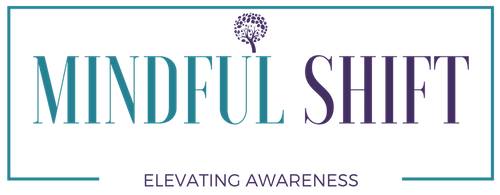Yoga
There are plenty of books and DVDs for purchase online that show you how to use yoga for stress relief. As registered yoga teacher Dr. Terri Kennedy reminds us, “Yoga helps us slow down for a moment and tune into the breath. Simply the focus on one thing -- which is the very definition of meditation -- allows us to decompress.”
She also points out that different asanas (yoga poses) release tension in different ways. For instance, the simple Childs Pose (Balasana) quickly puts you into a meditative state, allowing your body to feel calm and relaxed. The following yoga asanas are also perfect for calming your mind, relieving stress and relaxing your body.
Standing Forward Bend (Uttanasana) – If you have been practicing yoga for any time, you will recognize this as a transitional pose. It can be used as a physical stress reliever when practiced as its own pose, however. Your hips, hamstrings and thighs benefit by reversing your blood flow, which immediately begins to relax your legs.
Corpse Pose (Savasana) – Even if you have never practiced yoga, you can probably imagine what this pose looks like from its name. Some yoga practices will finish with a few minutes of this restful pose. Your body completely relaxes, and in many cases, you can even reach a state of sleep because your entire body is calm and peaceful.
Cat Pose (Marjaryasana) – This is an excellent yoga pose for relaxing your back and spine. This is another transitional pose, which should be practiced by itself when you want to soothe and stretch your lower
back.
Tai Chi
Type “tai chi for stress relief” into an internet search engine and you receive hundreds of thousands of results. That is because there is plenty of medical research that shows that practicing tai chi is a simple and effective way to reach a physical state of relaxation.
This is a very popular physical fitness practice among those recovering from injury and senior citizens, because it uses non-impact movements. Your knees, back, elbows and shoulders don't feel the aches and pains that they get from traditional exercise. The slow-moving forms you practice in tai chi stretch your ligaments, tendons and muscles. This is a slow stretching process, gently increasing your physical abilities in a non-stressful way. This “healthy stretching” releases tension in all parts of your body. Tai chi is also a wonderful mental stress reliever, while at the same time smoothly relaxing your body from your head to your toes.
A couple of excellent yoga resources for stress relief available on Amazon are listed below:
Yoga: Yoga for Beginners - Quick and Easy Guide for Weight Loss, Stress Relief, Stretching and Relaxation: (Yoga, Meditation, Chakras, Yoga for Beginners, Yoga Poses, Yoga Postures) available for immediate digital download, boasting a 4.8 / 5.0-star customer satisfaction rating.
Yoga for Beginners: 25 Easy Yoga Poses for Slimmer Body, Stress Relief and Inner Happiness (Yoga for Beginners Books, Yoga for Dummies, Yoga for Beginners Kindle) available in digital download and paperback, has received a perfect 5.0-star customer satisfaction rating.
Walking
Yes, you can truly walk away your stress. Both mentally and physically, walking an extended distance improves your mindset and de-stresses your body. (Walking also helps keep obesity at bay and reduces your risk of contracting heart disease.) Walking for just 20 minutes per session, 3 to 5 times per week, boosts your energy and helps you walk off the aches and pains that come from a sedentary job or lifestyle.
This low-intensity exercise caused a 65% reduction in fatigue and a 20% boost in energy in test subjects during a 2008 study at the University of Georgia in the United States.
Walking is a simple way to stretch out your legs and engage your core. As you walk, you can also pump your arms and roll your shoulders, helping your upper body relax as well. If you can fit a couple of 20-minute sessions of walking into your daily routine 3 days each week, your body will feel more relaxed, you will suffer fewer minor aches and pains, and your mental well-being will benefit too.
All Exercise Relaxes Your Body
Any exercise you perform, any physical activity at all, helps to soothe your body and mind. The complex response to physical exertion rewards the pleasure center in your brain. Dopamine is a "feel good" chemical that your body creates whenever you experience moderate to intense physical activity.
Your brain’s pleasure center rewards your body by soothing and relaxing it. The endorphins and other pleasurable chemicals that course throughout your body make you want to exercise and physically exert
yourself more often. So, a wonderful cycle of health, mental rewards and physical relaxation becomes an enjoyable process you receive when you exercise.
You do not have to use traditional exercises, either. As we just mentioned, simply walking can produce physical and mental stress relief benefits. Playing with your grandchildren, taking a hike with a friend, cleaning up around the house and bicycling on a beautiful spring or summer day – these are all forms of exercise.
Add multiple sessions of physical activity to your schedule starting today. As your body heals after you have experienced "exercise", it relaxes. This physical stress relief is accompanied by mental rewards, making any form of moderate to intense physical activity healthy for your body and brain.
If you are feeling overwhelmed and would like to discuss how you can learn better ways to relax your body, I invite you to schedule a free mindfulness discovery call here https://www.mindfulshift.net/discovery-session.




